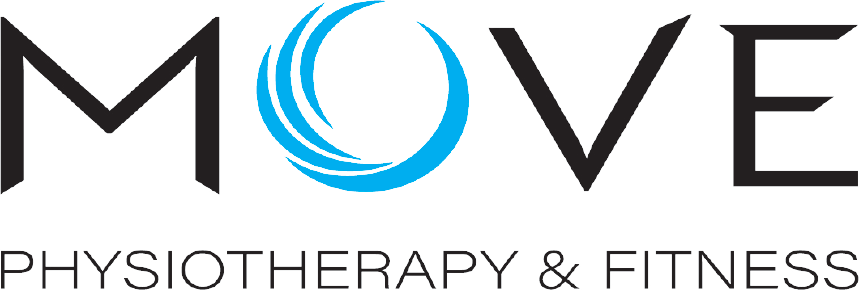- November 24, 2020
- Posted by: Daniel Ryan
- Categories: Exercise, exercise rehab, Gym Training, Healthy Eating
No Comments

- There’s no mind-glute connection
We use our quadriceps, which are the muscles on the front of your thigh, when we stand up from a chair or walk up the stairs. Most people use their quadriceps more than their glutes throughout their day. So, it’s understandable that our glutes can fall asleep and we lose the ability to contract them. A simple way to check if your mind-glute connection is intact is to try squeezing one buttock cheek at a time in standing. If you can’t do this, it is unlikely your glutes are activating during your hip thrusts or deadlifts. A Physiotherapist can assist you to retrain your neural pathways to your glute muscles, increase your ability to contract the muscle and maximise your workout. - It’s not heavy enough
Do you feel fatigued after your glute exercises? If not, you’re probably not tiring out your muscles enough. When you lift a heavy weight repetitively, you break down the muscle fibres. This stimulates the muscle fibres to repair, forming new muscle fibres which are stronger and thicker. The most adaptable tissue in the human body is muscle, and it is remarkably remodelled after continuous, and carefully designed, resistance exercise training programs. You should aim for an effort level of 7/10 when lifting weights, as anything less is unlikely to stimulate growth. - Other muscles are being neglected
Your hamstring muscles attach onto the base of your bottom. By strengthening your hamstring muscles through exercises like deadlifts, you will start to notice an overall better shape within six weeks. - You might be lacking protein and sleep.
Are you eating enough to fuel your workouts? All the exercise in the world doesn’t matter if you don’t eat well. Protein is especially important because it helps to repair muscle. Do you know how many grams of protein you eat per day? Similarly, are you sleeping enough? When you sleep your body produces its muscle-building hormone called human growth hormone (HGH). When you sleep, blood flow to your muscles increases and muscle repair occurs. A consistent sleep schedule of seven to nine hours will help the muscle healing process. - Your exercises need an upgrade
It’s easy to fall into the trap of relying on advice from social media and your observations of others at the gym. Very rarely will these exercises be sourced from research articles, which admittedly can be a dry read. Your Physiotherapists have done the tough work for you and can advise you on evidence-based exercises which provide you with the greatest activation in the shortest amount of time. Less time in the gym, what a win! In the meantime, if you’re doing a bridge on a swissball with the aim to grow your glutes you’re probably wasting your time! Single-limb deadlifts, as well as quadruped arm and leg lifts will get you there much quicker. If you need to upgrade your gym routine, book in for a gym session with me here.Ilana Viskovich
Physiotherapist
